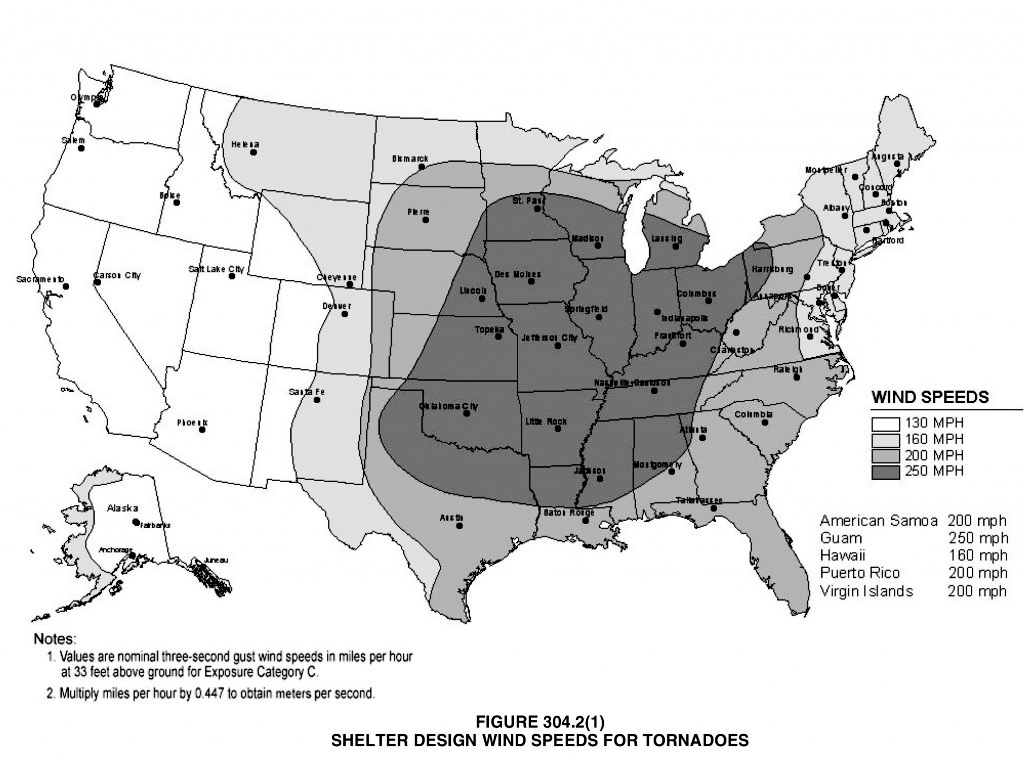Demystifying Storm Shelter Requirements
Deep Dive on Storm Shelter Closures
![]()
TORNADO ALLEY
Any state or locality that has adopted IBC 2015 or newer, is in an area that has an increased risk or tornadoes (identified as the 250 MPH wind zone.) These areas are required to have a storm shelter meeting the FEMA-361 requirements for all K-12 schools with 50 occupants or more, 911 call stations, police stations, fire, rescue and ambulance stations and more.
![]()
HURRICANE VS. TORNADOES
Tornadoes come on more instantly, so the pressure cannot equalize the way it can during a hurricane. When building a storm shelter for a hurricane area, you are building for duration more so than intensity. Tornadoes generally are quick, but have extremely high winds throwing all sorts of different projectiles at high rates of speed.
![]()
STORM SHELTERS
An interior room, or a space within a building, or an entirely separate building, designed and constructed to provide a near-absolute life-safety projection for its occupants from tornadoes or hurricanes. The most common rooms to be converted into storm shelters are cafeterias, gymnasiums, and classroom pods.
Safe Rooms Doors
What type of school tornado room door is best?
One of the primary aspects of a safe room is how to get students in and out of it. This means doors. Selecting the right safe room doors for your school safe room can be confusing, so we wanted to take a look at the two main door options.
For areas that are intended to be multi-use, rolling doors provide the most design flexibility. Rolling doors can be mounted inside a window, rolled up in the ceiling except in a storm situation, where it would drop down upon activation by alarm or push button. In a school setting, means that areas are already intended to house large quantities of people, like the cafeteria or gym, don’t have to look like storm shelters all the time. Schools can feature open and airy spaces, utilizing larger windows to let in light, but also have the option to deploy the door and create a large safe space when needed.
Swing doors are very well known and have been in use for a long time. After all, swing doors are familiar—you have them in your house. The ability for a swing storm shelter door to be used in paths of egress is a main selling point. There obviously needs to be a door in a path of egress, and you can’t use a rolling product in a path of egress. Swing doors are an approved solution for egress situations, but just because a door is a swing door doesn’t necessarily mean it’s approved for safe room egress—it must still comply with fenestration requirements as outlined in ICC-500 to be used as safe room doors.
Find out more details and outline the pros and cons when it comes to safe room doors, download our e-book “Demystifying Storm Shelters” below.
What wind speed does your area need to withstand?

Wind zones are areas of the United States that get (on average) different maximum speed winds. The higher the winds, the higher the chance of a tornado or hurricane and the more damage it can do. This does not mean, however, that the surrounding areas are not of concern. Even in the 160 mph zone, tornadoes can develop and cause devastating damage to the area. 160 mph can still tear off roofs and turn over cars. These areas are generally less prepared for a storm of this magnitude, since they are less likely. When you are under prepared it can in turn have a greater impact on the people and the possessions in that area.





